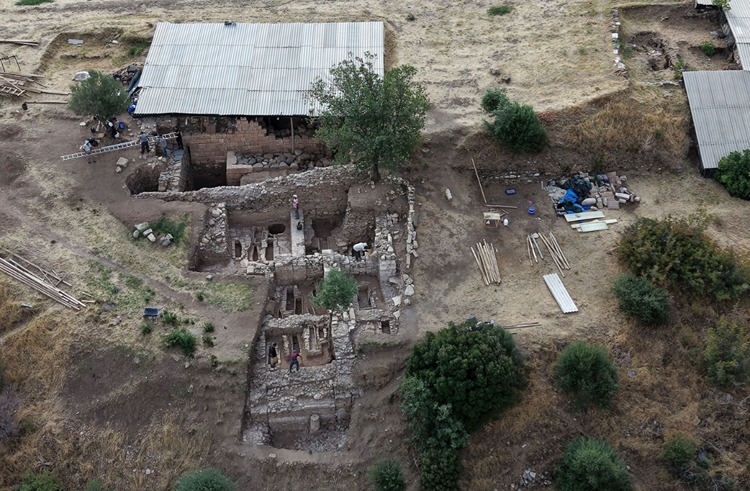
Remains of 2,800-Year-Old Lydian Palace Unearthed at Sardis Ancient City
Excavations at Sardis Ancient City, a UNESCO World Heritage Site in western Turkey, have revealed the remains of a Lydian palace dating back to the 8th century BCE. Sardis, located in Manisa’s Salihli district, served as the capital of the Lydian Kingdom. The ongoing archaeological work is led by Prof. Dr. Nicholas Cahill from the University of Wisconsin.
This year’s excavations, about one kilometer east of the gymnasium, uncovered palace ruins, luxury residences, and terrace structures approximately eight meters below the surface. Prof. Dr. Cahill emphasized the difficulty of reaching Lydian layers due to the overlying Persian, Hellenistic, Roman, and Byzantine strata. The team also discovered 30 bronze arrowheads, human skeletal fragments, and nine of the world’s oldest known silver coins.

He explained that they began constructing monumental terraces and large structures as early as the 8th century BCE. This architecture may have been inspired by Phrygian monumental constructions from the 9th–10th centuries BCE. Previously, historians believed that the Lydians only began urbanization in the 7th century BCE, living in villages before that. The new findings reveal that Sardis had already developed into a large, monumental city much earlier, demonstrating that the Lydians looked east and established a true Anatolian civilization rather than a Greek one.
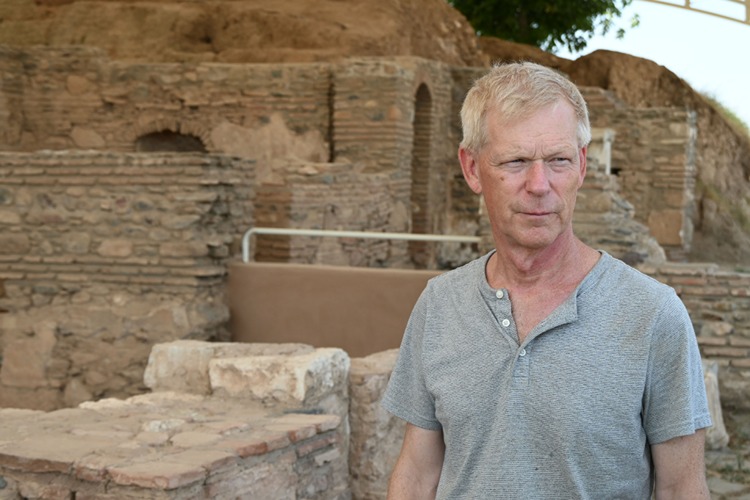
The discovered palace features stone walls 1.5–2 meters wide, with structures exceeding six meters in height. Cahill added, “These discoveries show that the Lydians were not merely influenced by Greek civilization, but were pioneers of early urbanization as an independent Anatolian culture.”
📣 Our WhatsApp channel is now LIVE! Stay up-to-date with the latest news and updates, just click here to follow us on WhatsApp and never miss a thing!!
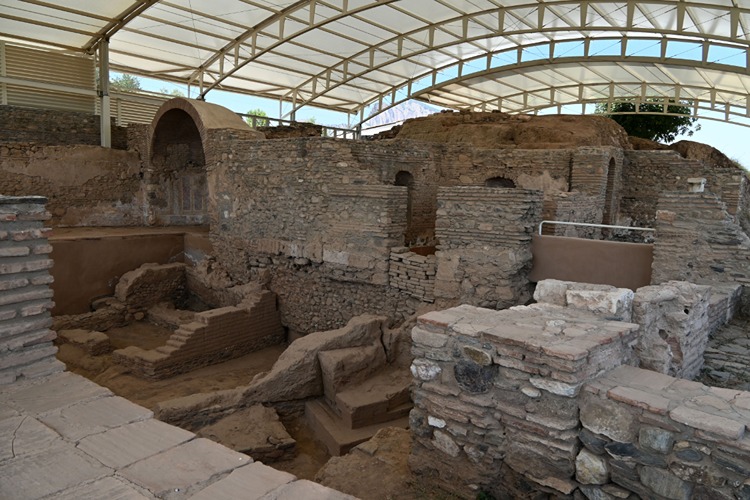
The team has temporarily covered the palace and surrounding structures to protect them from rainfall. Excavations will continue next season to examine the site in greater detail.
Cover Image Credit: Aerial view of the Sardis Ancient City excavation site. The Lydian palace and surrounding structures, located about eight meters below the surface, were uncovered here. Photo: Ahmet Bayram/AA
You may also like
- A 1700-year-old statue of Pan unearthed during the excavations at Polyeuktos in İstanbul
- The granary was found in the ancient city of Sebaste, founded by the first Roman emperor Augustus
- Donalar Kale Kapı Rock Tomb or Donalar Rock Tomb
- Theater emerges as works continue in ancient city of Perinthos
- Urartian King Argishti’s bronze shield revealed the name of an unknown country
- The religious center of Lycia, the ancient city of Letoon
- Who were the Luwians?
- A new study brings a fresh perspective on the Anatolian origin of the Indo-European languages
- Perhaps the oldest thermal treatment center in the world, which has been in continuous use for 2000 years -Basilica Therma Roman Bath or King’s Daughter-
- The largest synagogue of the ancient world, located in the ancient city of Sardis, is being restored

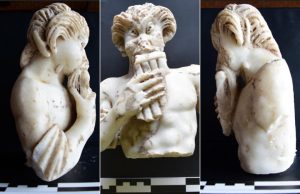
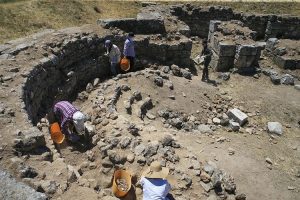
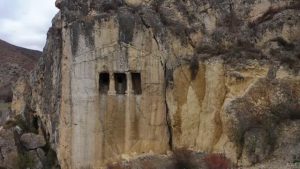
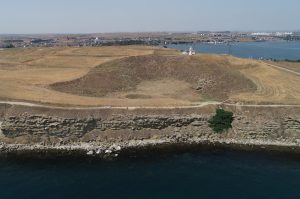
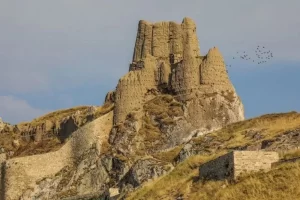
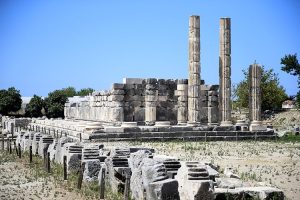


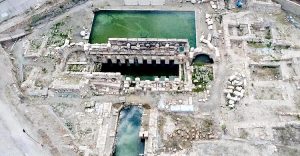
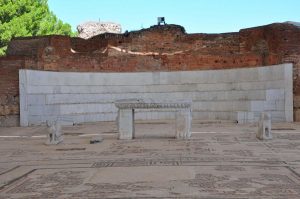
Leave a Reply